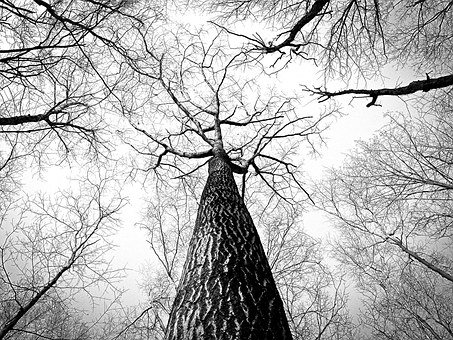At the outset, our practice should not be very long; moreover, it cannot be forced. We should not feel compelled to practice when we are not up to it, otherwise rejection sets in. Some practitioners put pressure on themselves to practice and eventually become very resentful when they see their own place of meditation. This is not helpful to the practice. Therefore, if we are unwilling to continue with the contemplation, we should stop; if we are tired, we should allow the body to relax completely and dismiss all thoughts of good and bad, past and future, etc. Leaving the mind to rest in this way is also a kind of practice. When we train in relaxation, there is no element of realization or wisdom of any kind; however, this state of mind contributes to realization, so it also constitutes practice.
~Depicted from THE FOUR SEALS OF DHARMA - The Practice of Realizing Emptiness











